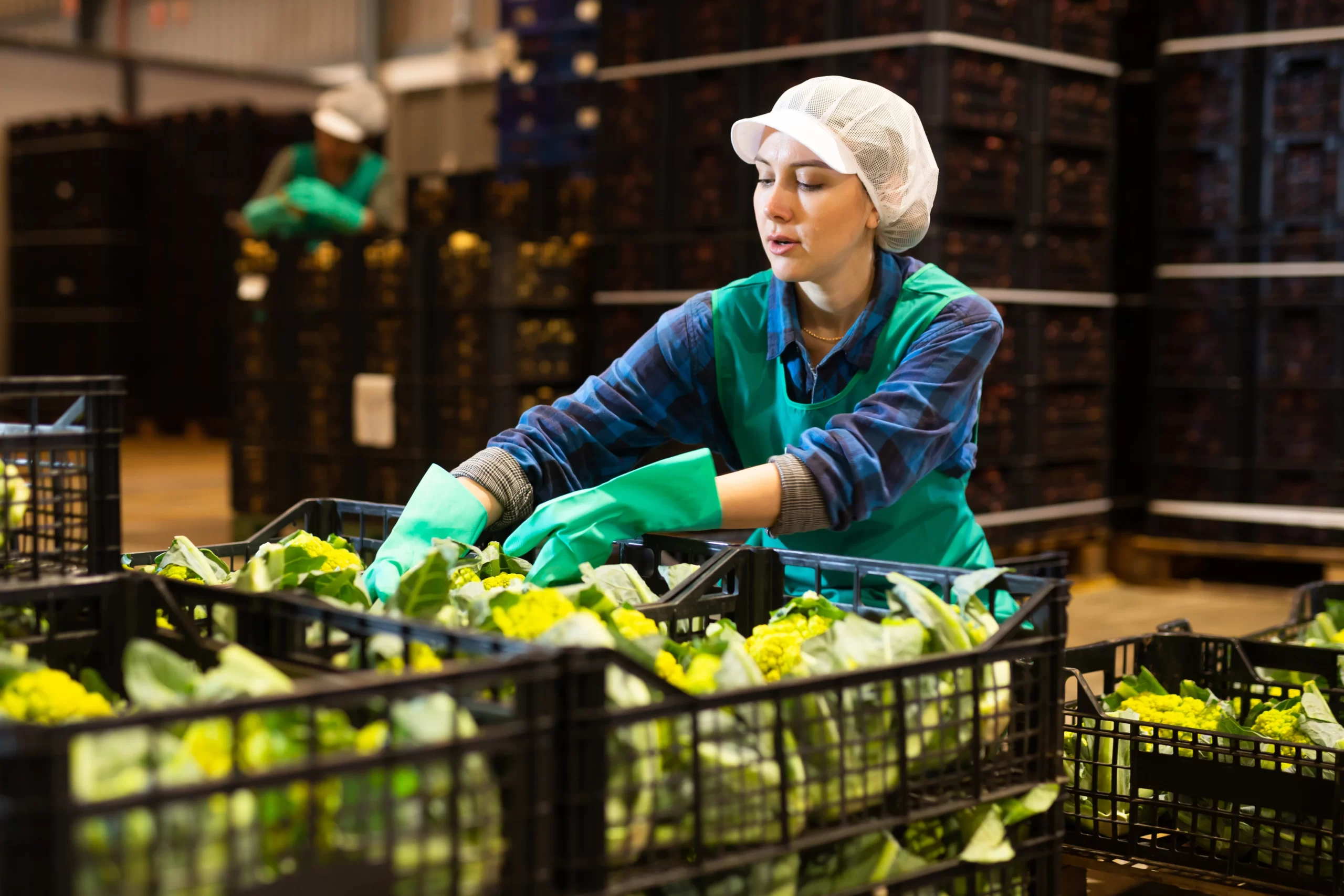In the restaurant industry, where margins are tight and competition is fierce, the menu serves as both a culinary statement and a financial blueprint. A well-designed menu can be the difference between a thriving business and one that struggles to stay afloat. At its core, creating a profitable restaurant menu is an exercise in mathematics, blending cost analysis, pricing strategy, psychology, and operational efficiency. Let’s explore how math plays a pivotal role in designing a menu that delights customers while maximizing profitability.

1. Understanding Food Costs: The Foundation of Profitability
At the heart of any profitable menu lies a clear understanding of food costs. This metric represents the percentage of revenue spent on ingredients for each dish. To calculate food cost percentage, use the formula:Food Cost Percentage=(Selling PriceCost of Ingredients?)×100
For example, if a dish costs 5toprepareandissoldfor20, the food cost percentage is 25%. Industry standards suggest keeping food costs between 28% and 35%, though this varies by cuisine and market.
Restaurants must meticulously track ingredient prices, portion sizes, and waste to maintain control over food costs. A small miscalculation—such as underestimating the cost of a sauce or garnish—can erode profits across hundreds of servings.
2. Pricing for Profit: Balancing Value and Perception
Pricing menu items is both an art and a science. While it might seem straightforward to simply mark up the cost of ingredients, restaurants must also consider perceived value, competition, and customer expectations. The key formula here is:Menu Price=Target Food Cost PercentageCost of Ingredients?
For instance, if the target food cost percentage is 30% and the cost of ingredients is 6,themenupriceshouldbe20. However, psychological pricing strategies often come into play. Prices ending in .99 or .95 (e.g., 19.99insteadof20) can make dishes appear more affordable, subtly encouraging customers to spend more.
Additionally, restaurants often employ “anchor pricing,” placing high-margin items next to premium-priced dishes to make them seem like better value. For example, a 35steakmightmakea25 pasta dish look more appealing, even if the pasta has a higher profit margin.
3. Engineering the Menu: Highlighting High-Profit Items
Menu engineering is the strategic placement of dishes to guide customer choices toward high-profit items. This process involves categorizing menu items based on their popularity and profitability:
- Stars: High-profit, high-popularity items that should be prominently featured.
- Plowhorses: Low-profit, high-popularity items that may need reevaluation or cost optimization.
- Puzzles: High-profit, low-popularity items that might benefit from better presentation or marketing.
- Dogs: Low-profit, low-popularity items that could be removed or reimagined.
Mathematically, the goal is to maximize the contribution margin—the difference between the selling price and the variable cost—for each item. Restaurants often use visual cues like boxes, icons, or bold fonts to draw attention to “stars” and encourage customers to order them.
4. Managing Portion Sizes and Waste
Portion control is another critical mathematical consideration. Over-serving leads to unnecessary waste and reduced profitability, while under-serving risks alienating customers. Calculating ideal portion sizes requires balancing plate cost with customer satisfaction. For example, if a protein costs 3perservingandthetargetfoodcostpercentageis3010.
Restaurants also use forecasting models to predict demand and minimize waste. By analyzing historical sales data, seasonality, and local events, they can adjust inventory orders and staff schedules to optimize efficiency.
5. Beverage Programs: Boosting Margins
Beverages, particularly alcoholic drinks, often have significantly higher profit margins than food. A glass of wine or a cocktail might have a cost percentage of 20% or less, compared to 30%-35% for food. Including enticing beverage options on the menu can dramatically increase overall profitability.
To enhance beverage sales, restaurants often use suggestive selling techniques, such as listing cocktails alongside appetizers or desserts. Mathematical analysis of sales data can reveal which drinks are most popular and which have the highest margins, allowing managers to focus their marketing efforts accordingly.
6. Testing and Iteration: The Role of Data
Finally, creating a profitable menu is an iterative process. Regularly reviewing sales reports, customer feedback, and cost fluctuations allows restaurants to refine their offerings. Key performance indicators (KPIs) such as average check size, item profitability, and table turnover rate provide valuable insights into what’s working and what isn’t.
A/B testing—offering two versions of a menu to different groups of customers—can help determine which layout, pricing, or item descriptions drive higher sales. Even small adjustments, informed by data, can lead to significant improvements in profitability.
Conclusion
Designing a profitable restaurant menu is far more than just listing dishes and assigning prices. It’s a complex interplay of mathematics, psychology, and creativity. By mastering food cost calculations, strategic pricing, menu engineering, and waste management, restaurateurs can craft menus that not only satisfy customers but also ensure long-term financial success. In an industry where every penny counts, the numbers behind the menu truly matter.




